
Hurricane season is a critical period for Puerto Rico, and being prepared can make the difference between safety and danger. In
Have you ever wondered how the electricity that powers your appliances, electronic devices, and lights is generated? One of the most common and efficient ways of generating electricity is through turbines. Turbines are ingenious machines that convert the kinetic energy of water, wind, or steam into mechanical energy and eventually electricity.
In this article, we will explore in detail how a turbine works to generate electricity. From its basic operation to its application in large-scale energy production, we will provide you with a complete overview of this fascinating technology.
Join us on this journey to discover how turbines become true driving forces in power generation.
A turbine is a rotating machine that harnesses the kinetic energy of a moving fluid, such as water, wind, or steam, to generate mechanical energy that is then converted into electricity.
Basically, a turbine consists of a rotor with blades or vanes that rotate when driven by moving fluid. The rotating motion of the rotor is transferred to a generator, which converts this mechanical energy into usable electricity.
Turbines are essential in generating electricity from renewable sources such as hydroelectric, wind, and geothermal power.
They are also used in nuclear power plants and fossil fuel power plants. The efficiency of a turbine to generate electricity depends on several factors, such as the speed of the fluid, the design of the rotor and the technology used.
The basic operating principle of a turbine is based on the law of conservation of energy, which states that energy is neither created nor destroyed, it is only transformed.
In the case of a turbine to generate electricity, the kinetic energy of the moving fluid is converted into mechanical energy in the form of rotation of the turbine shaft.
Now that we understand how a turbine works to generate electricity, it's important to note that there are several types of turbines that are used to generate electricity from different energy sources.
Here are some of the main types of turbines and how they work:
Hydroelectric Turbine: This turbine uses the kinetic energy of moving water to generate electricity. The water is diverted into the turbine through a dam or forced conduit, causing the rotor blades to spin.
The speed of the water and the design of the rotor are key factors that determine the efficiency of the hydroelectric turbine. This type of turbine is widely used in hydroelectric plants, which are an important source of renewable energy in many countries.
Wind turbine: This turbine uses the energy of the wind to generate electricity. The wind spins the rotor blades, which in turn activate a generator to produce electricity.
The speed and direction of the wind are determining factors in the efficiency of a wind turbine. Wind turbines are common in wind farms, where multiple turbines are grouped together to generate electricity on a large scale.
Steam turbine: This turbine uses the thermal energy of water vapor to generate electricity. The steam is directed towards the turbine at high pressure, which causes the rotor to turn and generates electricity through a generator. Steam turbines are widely used in nuclear and fossil fuel thermal power plants.
Gas turbine: This turbine uses the energy from combustion gases, such as natural gas or biogas, to generate electricity. The combustion gases are directed towards the turbine, where they turn the rotor and generate electricity. Gas turbines are common in power plants that use gas as a fuel source.
In addition to understanding how a turbine works to generate electricity, it is essential to have some notion of the components that make it up.
A turbine to generate electricity consists of several main components, which can vary depending on the type of turbine used. Some of the most common components are:
turbine blades
The blades are one of the most important components of a turbine, since they are the ones that capture the energy of water, steam, wind or gas and convert it into rotary movement. The blades are aerodynamically designed to maximize turbine efficiency, and their shape and size can vary depending on the type of turbine used.
turbine shaft
The shaft is the component that connects the turbine blades to the electrical generator. It is in charge of transmitting the rotary movement of the blades to the generator, which converts this mechanical energy into usable electrical energy.
Electric generator
The generator is the component that converts the mechanical energy of the rotary movement of the shaft into electrical energy. The electrical generators used in the turbines to generate electricity are of the electromagnetic type and use electromagnetic induction principles to generate electrical current.
Control and regulation system
The control and regulation system is in charge of monitoring and controlling the operation of the turbine to ensure optimal and safe performance. It may include sensors, controllers, and safety systems that regulate turbine speed, water or steam pressure, and other operating parameters.
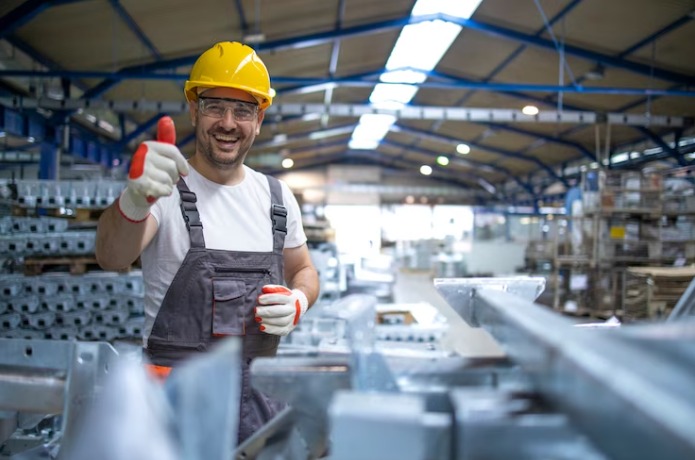
Now that we've seen the main types of turbines, let's take a closer look at how a turbine works to generate electricity. The general process consists of several steps, which vary slightly depending on the type of turbine and the power source used. The basic process is described below:
Fluid intake: The fluid, be it water, wind, steam or combustion gas, is directed towards the turbine and enters the casing or intake chamber.
Rotor Drive: The moving fluid rotates the blades or blades of the rotor, which are designed in such a way that they take advantage of the kinetic energy of the fluid and convert it into mechanical energy. The rotating movement of the rotor is what drives the entire process of generating electricity in the turbine.
Mechanical power generation: The rotor turns a shaft connected to a generator, which converts the mechanical energy of the rotor into electrical energy. This process is based on the principle of electromagnetic induction, in which the movement of the rotor in a magnetic field produces electric current in the conductors of the generator.
Speed regulation: The rotation speed of the turbine rotor is controlled by regulation systems, which adjust the amount of fluid entering the turbine or the resistance of the generator to maintain a constant and optimum rotation speed.
Electric power transmission: The electrical power generated in the generator is transmitted through cables and transformers to the electrical grid, where it is distributed for use in homes, businesses, and other applications.
Turbines to generate electricity have several advantages and applications in energy production. Some of the most outstanding advantages are:
Renewable energy source: Depending on the type of turbine used, such as hydroelectric or wind turbines, the turbines can use renewable and sustainable energy sources, which contributes to the reduction of greenhouse gas emissions and the mitigation of climate change.
High efficiency: Modern turbines are highly efficient in converting mechanical energy into electrical energy, making it possible to make the most of the energy from the source used.
Wide Applications: Turbines are used in a wide variety of applications, from large-scale power generation in power plants, to decentralized power generation in domestic or commercial facilities.
Low environmental impact: In general, turbines for generating electricity have a low environmental impact compared to other energy sources, such as fossil fuels. For example, hydroelectric turbines do not emit greenhouse gases and have minimal impact on the environment.
Scale flexibility: Turbines can be used on different scales, from small wind turbines for domestic or commercial use, to large hydroelectric or gas turbines for large-scale power generation.
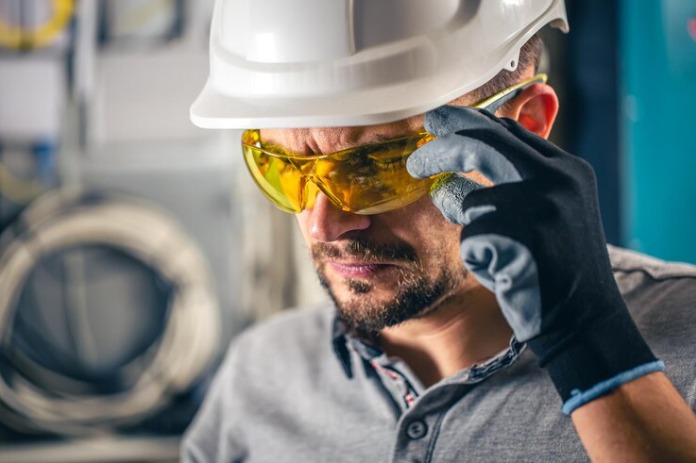
Although turbines for generating electricity have many advantages, they also face challenges and considerations in their use. Some of the most common challenges are:
Dependence on the availability of the energy source: Turbines are highly dependent on the availability of the energy source used, be it water, steam, wind or gas. This can be challenging in areas where the power source is not constant or predictable, which can affect the continuity and reliability of power generation.
Installation and maintenance costs: Turbine installation and maintenance can be expensive, especially for large turbines used in power plants.
Environmental impact: Although turbines generally have a low environmental impact, some turbines, such as gas turbines, can emit greenhouse gases and other air pollutants during operation.
Regulations and permits: The installation and operation of turbines to generate electricity is subject to government regulations and permits, which may imply red tape and processes, as well as additional costs to comply with current regulations.
Space and location limitations: Some turbines, such as wind turbines, require open space and a suitable location with sufficient wind speed to be efficient. This can limit its installation in urban areas or with space restrictions, which represents a challenge in its implementation.
In short, to understand how a turbine works to generate electricity, it is important to keep in mind that A turbine is a mechanical device that uses the energy of a moving fluid to efficiently and reliably generate electricity.
Whether through water, wind, steam, or flue gas, the process of generating electricity in a turbine involves fluid intake, rotor drive, mechanical power generation, speed regulation, and the transmission of electrical energy to the grid.
If you are looking for an effective alternative to stay energized, our Electric generators They are the perfect answer! We offer a wide variety of generators to meet your specific needs, from small portable generators to large power systems for businesses and industries.
Our generators They are of the highest quality and are designed to give you reliable, long-lasting performance. Besides, our team of customer service experts is always at your disposal to help you with anything you need. Don't wait any longer to get the energy solution you need!

Hurricane season is a critical period for Puerto Rico, and being prepared can make the difference between safety and danger. In
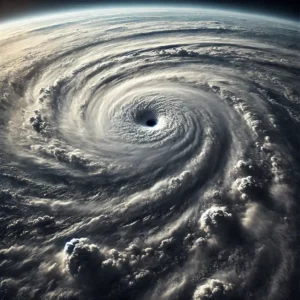
Understanding how a hurricane forms allows us to be one step ahead and prevent the devastating effects of these natural phenomena. Especially in areas
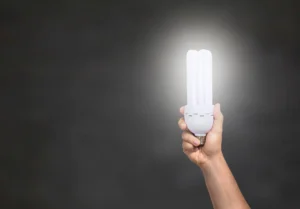
In a world where energy efficiency is increasingly a priority, learning to save energy has become a crucial need for both
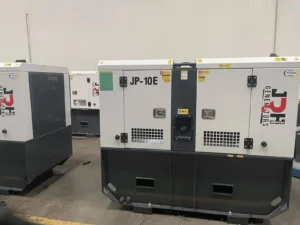
In a world that doesn't stop, the need for a reliable and continuous power source is more crucial than ever. At JRH Power
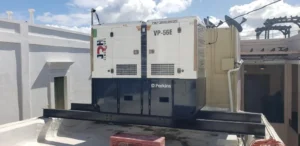
Have you ever wondered how electricity becomes a constant in our lives, even in the most critical moments? At JRH Power
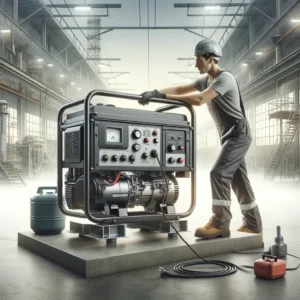
In our modern world, where electricity is vital, power outages are a frequent reality. Know how to connect a generator to the house